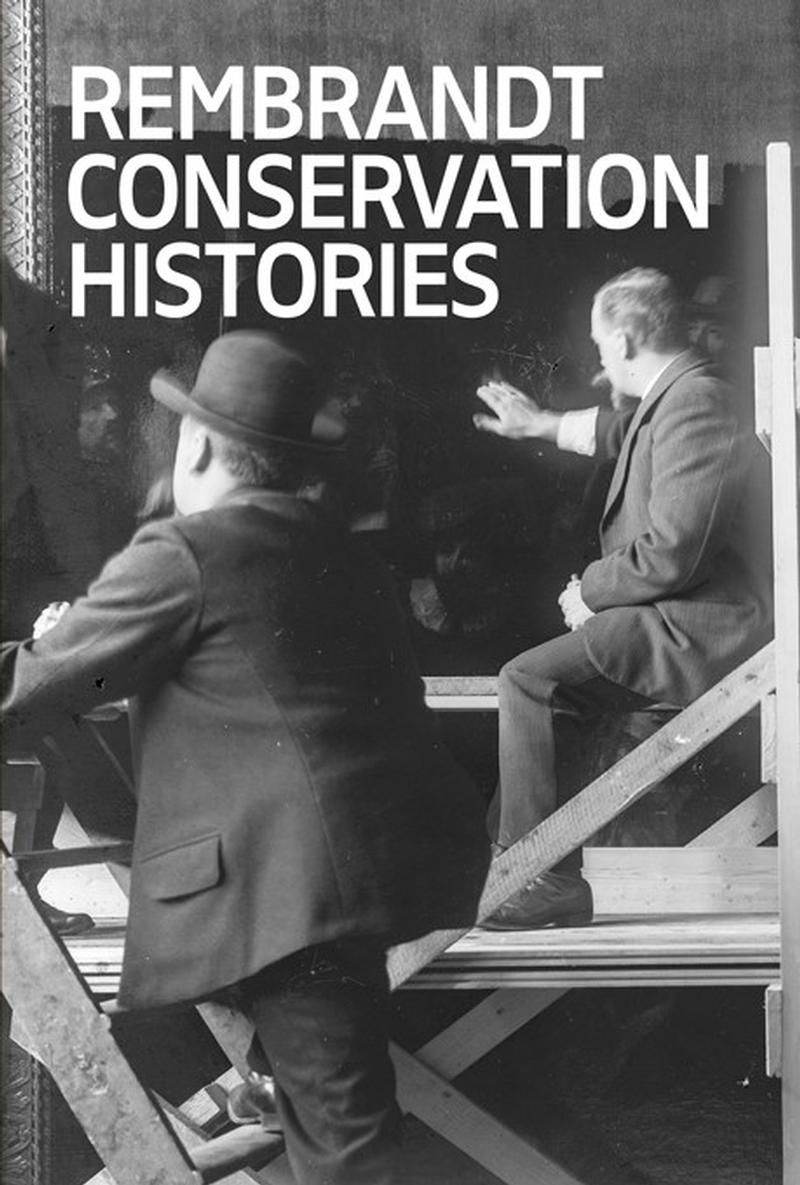Important masterpieces in museum collections, such as the paintings by Rembrandt, often have the dubious honour of having undergone numerous conservation treatments in the past. Because of the significance of the paintings, these treatments are generally well documented. For example, The Anatomy Lesson of Dt Nicolaes Tulp has undergone twenty-three documented treatments, while those of The Night Watch amount to twenty-five. Rembrandt’s paintings are found in major collections all over the world. Every country has its own traditions, developments and approaches to conservation with important restorers having played a key role in the treatment and appearance of Rembrandt paintings. In Rembrandt Conservation Histories, experts address aspects relating to the conservation history of paintings by Rembrandt and other 17th-century Dutch masters, raising awareness of how the appearance and condition of paintings by Rembrandt can be explained in part by their treatment history.
Published in association with the Rijksmuseum Amsterdam
You can have a look inside the book here.
Jørgen Wadum
From ten to zero and now two: the Rembrandts at SMK uncovered
Noémie Étienne
Restoring Rembrandt and the making of art history
Claire Betelu and Barbara Jouves
The conservation history of the Rembrandt paintings from the Musée du Louvre, 1793–1950
Irina Sokolova
Brief overview of the conservation history of paintings by Rembrandt and his studio in the State Hermitage Museum, St Petersburg, 1760s–2018
Christoph Schölzel
‘… judiciously and appropriately made …’: The restoration of Rembrandt paintings in the Dresden Gemäldegalerie
Anne Harmssen, Thomas Krämer and Christiane Ehrenforth
Rembrandt re-stretched: 250 years of conservation history at the Gemäldegalerie Alte Meister in Kassel
Katja Kleinert and Claudia Laurenze-Landsberg
Three examples of far-reaching alterations to Rembrandt works in the Berlin Gemäldegalerie
Morwenna Blewett
‘Dirt in the grooves’ and Rembrandts in London: treatment, documentation and technical publications in the first half of the 20th century
Alice Tate-Harte and Allison Goudie
Clouds and cracks: caring for Kenwood’s Rembrandt, 1929–1969
Dorothy Mahon
On the conservation history of Rembrandt paintings in The Metropolitan Museum of Art, New York, and The Frick Collection, 1891–2018
Dina Anchin and Alexandra Libby
Changing tastes, changing treatments: conservation histories of Rembrandt paintings at the National Gallery of Art, Washington, DC
Yvonne Szafran
Five Rembrandt paintings at the Getty: their conservation histories and a new look at ‘Saint Bartholomew’
Joyce Hill Stoner
Histories of paintings conservation featuring approaches to the treatment of Rembrandt paintings
Nadja Garthoff
The Rembrandt Database: a platform for the history of conservation and research on Rembrandt paintings
Jan Schmidt
Notes on early conservation treatments of the Rembrandt collection at the Alte Pinakothek in Munich
Thomas Krämer and Monika Kammer
Rembrandt and the ‘X-ray controversy’: historical and contemporary damage examinations of Rembrandt paintings at the Gemäldegalerie Alte Meister in Kassel
Esther van Duijn
‘Like a drunkard, the diseased painting craved the regenerating alcohol …’ The numerous varnish treatments of Rembrandt’s ‘The Night Watch’ between 1889 and 1936
Carol Pottasch, Susan Smelt and Petria Noble
The restoration(s) of Rembrandt’s ‘Saul and David’ between 1898 and 1900
Michiel Franken
‘What was the intent of the painter: that is what the restorer thinks about’. Rembrandt and the De Wild family, 1900–30
Jeroen Giltaij
New results and facts of three paintings by Rembrandt and his school treated in Rotterdam: ‘The Concord of the State’, ‘Titus at His Desk’ and ‘The Man in a Red Cap’
Larry Keith
Rembrandt and conservation at the National Gallery, London
'... At the end of this book it would have become clear to any reader that serious and systematic investigation and examination of the conservation history of paintings by artists such as Rembrandt is invaluable. Rembrandt Conservation Histories will no doubt become an important reference work for both the reader interested in Rembrandt the artist and his work but also the broader history of conservation itself. In the end this book encourages us, as conservators, to continue to question our actions and examine the perceived benefits of any interventions we might make.'
Reviewed by Léonie van der Graaf for The Picture Restorer, Issue 61 Autum 2022
